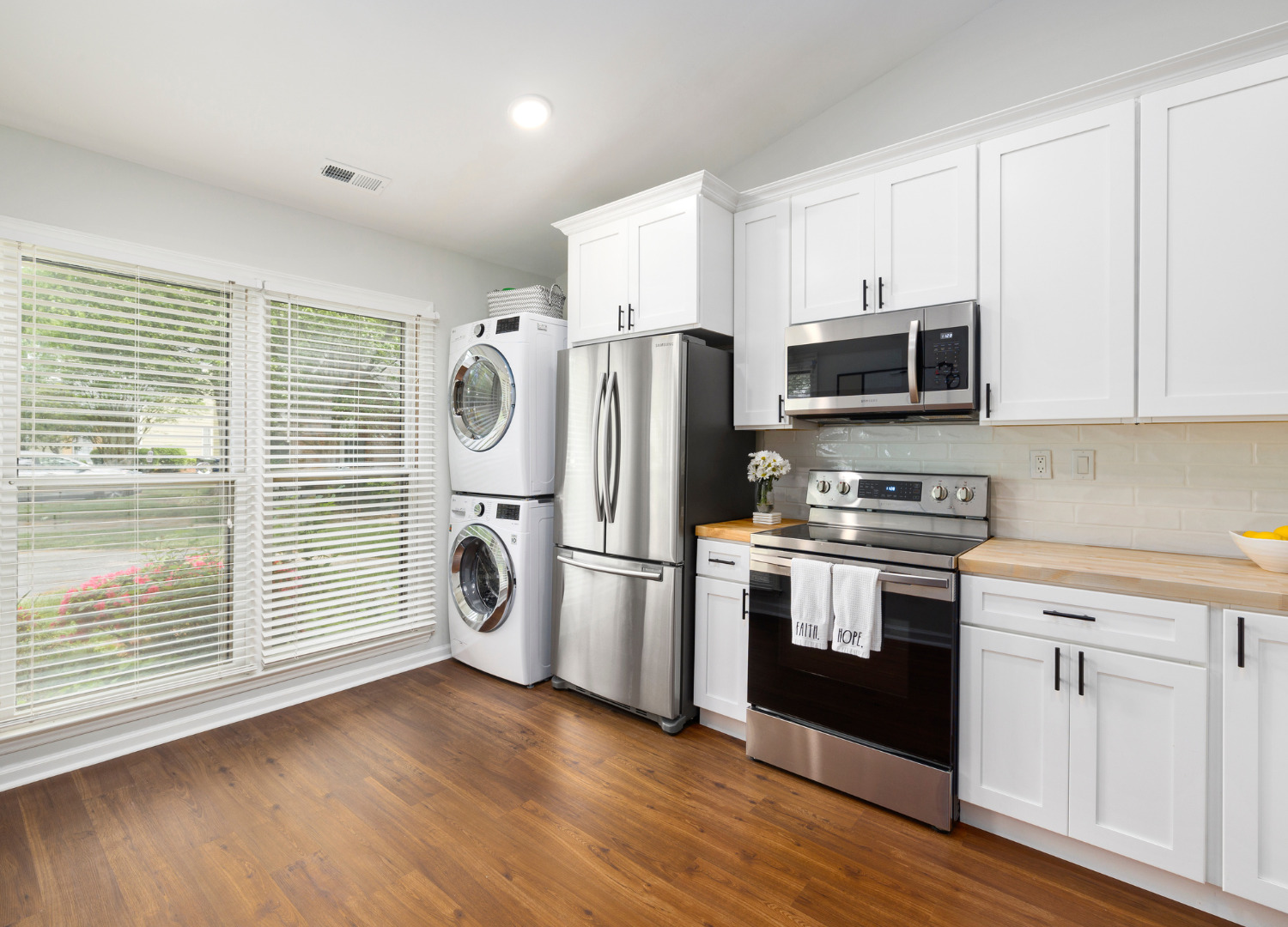When buying or selling property, understanding what constitutes a fixture or a chattel is crucial to ensure smooth transactions and avoid disputes. These terms are vital in property law, as they determine what stays with the property and what doesn’t. Here’s everything you need to know about fixtures, chattels, and their role in property transactions.
Defining Fixtures and Chattels
In property law, fixtures are items permanently attached to the property, generally staying with the property unless excluded in the contract. Chattels, on the other hand, are movable items not permanently affixed and are typically not included in the sale unless stated otherwise.
Examples:
- Fixtures: Ovens, hot water systems, fixed carpets, and in-ground plants.
- Chattels: Washing machines, fridges, and pot plants.
The distinction seems straightforward, but complications may arise during transactions, potentially leading to disputes between buyers and sellers.

Legal Tests to Determine Fixtures vs. Chattels
Courts rely on two main tests to classify items:
- Degree of Annexation Test: This assesses how the item is attached to the property. If the item is fixed to the property using something other than its own weight, it’s a fixture. If it rests only on its weight, it’s a chattel.
Example: A basketball pole cemented into the ground is a fixture, while a portable hoop is a chattel. - Object of Annexation Test: This examines the purpose of attaching the item. Was the item affixed for the better enjoyment of the property (fixture), or for the benefit of the object itself (chattel)?
Example: A tapestry affixed for aesthetic purposes may be a chattel.
Grey Areas and Disputes
Some items can be difficult to categorize, such as security cameras, light fittings, and BBQs. To avoid misunderstandings, both buyers and sellers should:
- List chattels and fixtures explicitly in the contract.
- Conduct a pre-settlement inspection to ensure all agreed-upon items are present.
The Role of Intention and Permanence
Courts also consider the intention behind affixing the item and its permanence. Items that are integral to the property’s function, like solar panels, are generally considered fixtures because removing them would cause significant damage.
Best Practices for Buyers and Sellers
To avoid issues during the transaction:
- Be clear in the contract about what is included and excluded.
- Perform a pre-settlement inspection to confirm the items.
- Discuss uncertainties with your real estate agent or property lawyer.
Consequences of Uncertainty
Not clarifying what’s included or excluded can lead to disputes. For example, pool cleaning equipment is commonly assumed to stay with the property, but if not listed in the contract, the seller may take it with them. Always specify such items (e.g., pool cleaning robots) in the contract to avoid confusion.
Conclusion
Understanding the difference between fixtures and chattels ensures smoother property transactions and helps avoid disputes. Clarify these terms in the contract and inspect the property beforehand to ensure a successful sale or purchase.
For expert guidance on property transactions, contact NB Property Law Office today!

